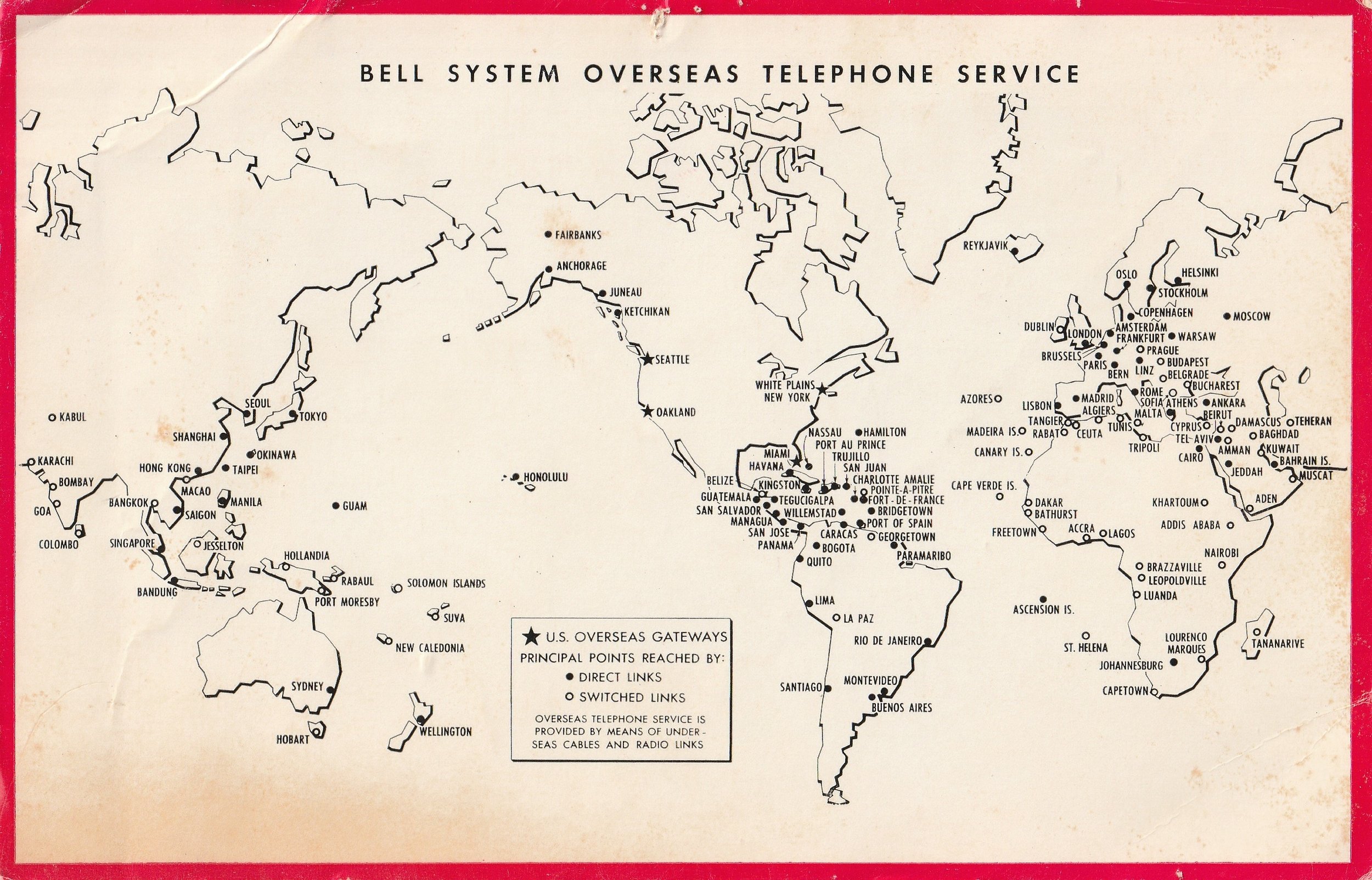Radio 4VEH (Cap Haitien, Haiti): Circa 1970's
/Many thanks to SRAA contributor, Dan Greenall, who shares the following recording and notes:
Broadcaster: Radio 4VEH Cap Haitien Haiti 1970's
Frequency: 9.770 MHz
Recption location: Ancaster, Ontario, Canada
Receiver and antenna: Hallicrafters S-52 using a longwire antenna
Notes: The first audio clip is likely a "recording of a recording." Back in the 1970's, some DX programs, notably DX Jukebox (Radio Nederland) and SWL Digest (Radio Canada International) would occasionally play "off the air" recordings of shortwave stations heard by listeners. Such may be the case here.
The second clip is Radio 4VEH in Cap Haitien, Haiti as heard on 9770 kHz in April 1970. The station only ran 2500 watts of power but could be heard most mornings local time. Received using a Hallicrafters S-52 and long wire antenna at Ancaster, Ontario, Canada.






















